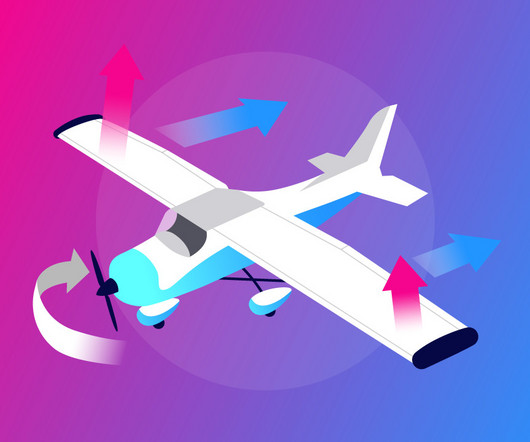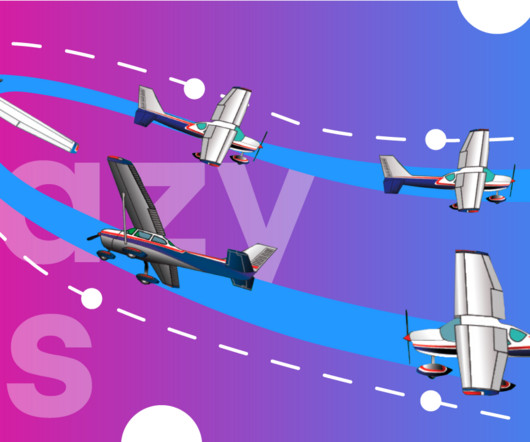Tailless Aircraft: How Airplanes Fly Without a Tail
Pilot Institute
JUNE 4, 2025
A tailless aircraft may still have a fuselage and a vertical tail (fin and rudder). A tailless airplane is one where everything needed to fly, like lift, control, and stability, is built into the main wing. In level flight, the aircraft is adjusted so that the wingtips dont add lift. As a result, the aircraft rolls to the left.












Let's personalize your content